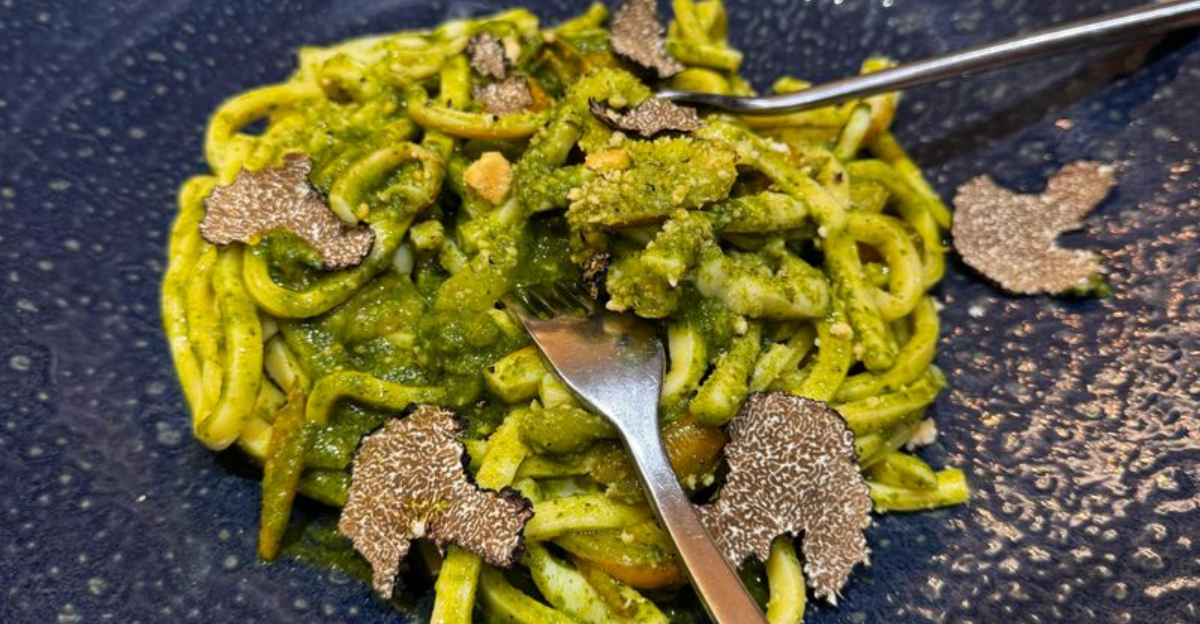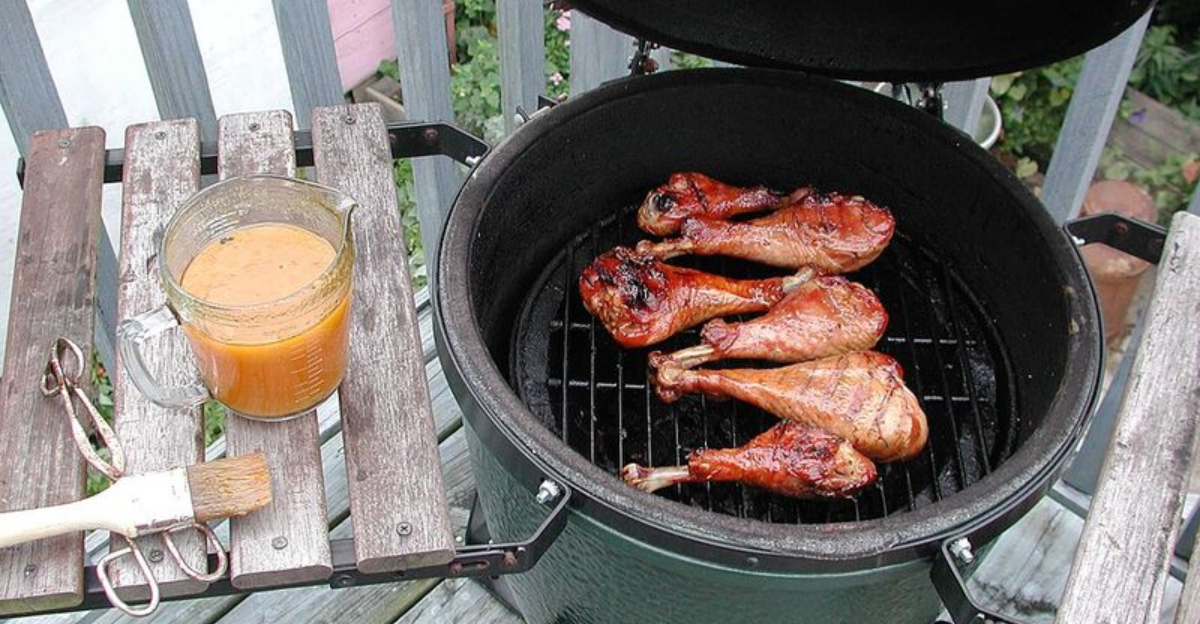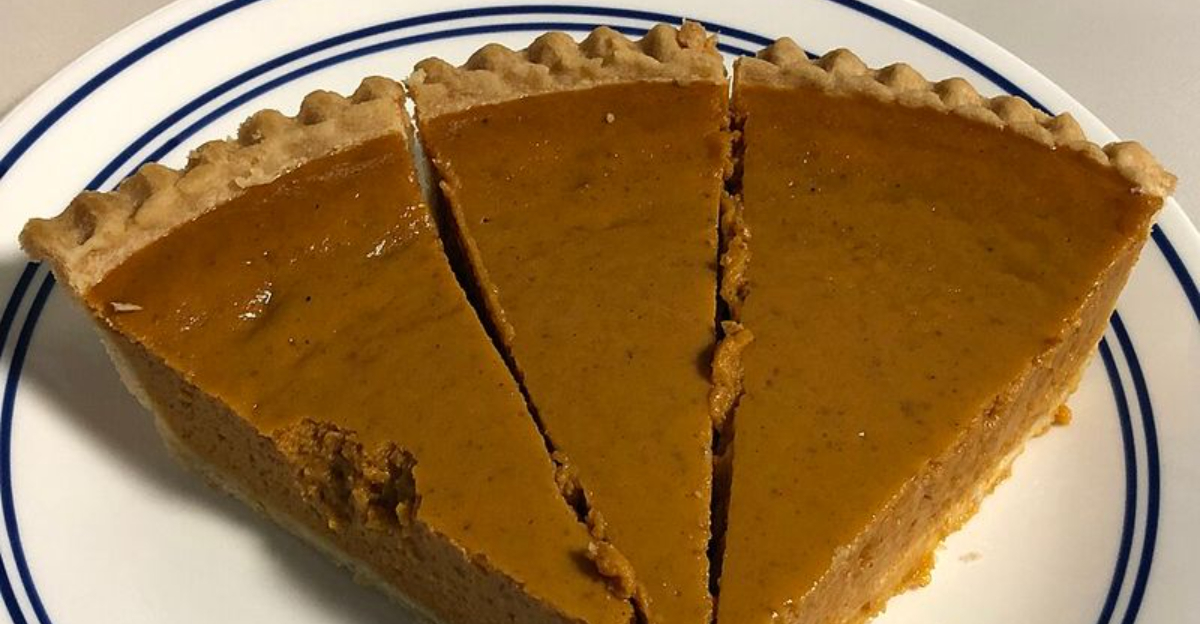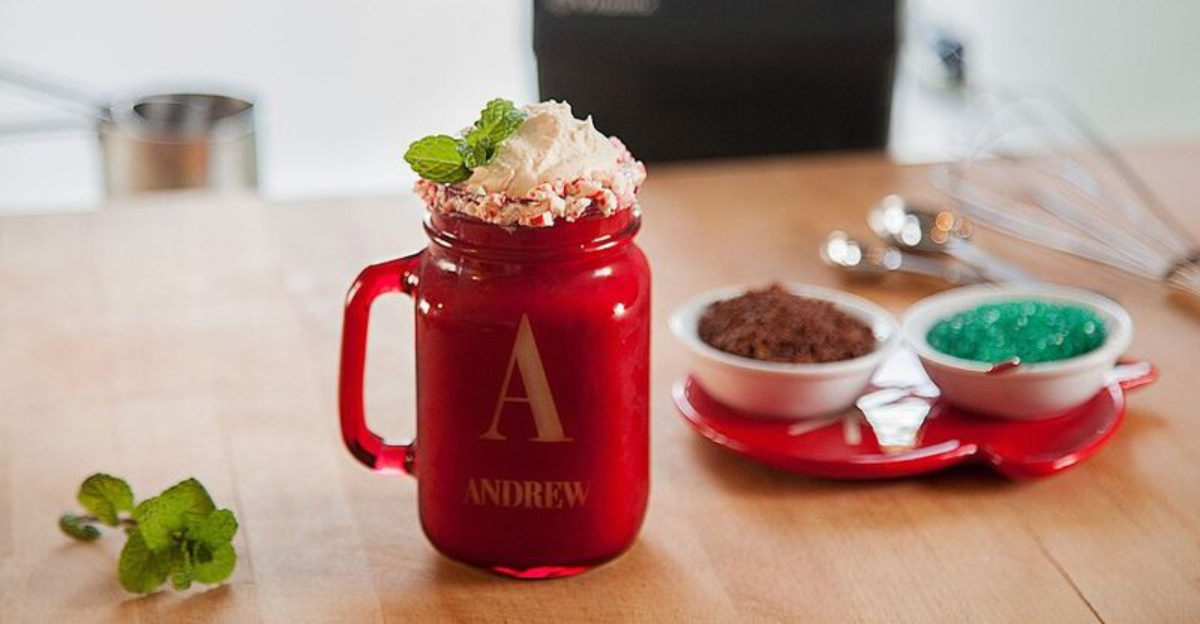Golden Triangle Pockets That Bring Authentic Indian Samosas Home
There’s something magical about biting into a perfectly fried samosa—that satisfying crunch giving way to a warmly spiced potato filling.
These triangular parcels of joy have won hearts far beyond India’s borders, and making them from scratch is surprisingly achievable for home cooks willing to roll up their sleeves.
Whether you’re craving authentic street food flavors or want to impress guests with homemade delights, mastering samosas opens up a world of culinary possibilities.
1. Building The Foundation: Dough That Delivers
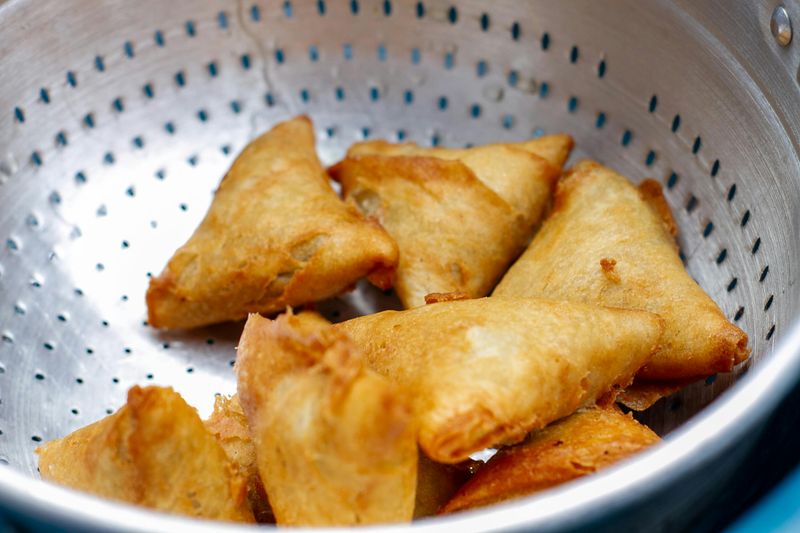
The secret to a proper samosa lies in its pastry shell. Combining one cup of all-purpose flour with two tablespoons of oil or ghee creates the base, while a quarter teaspoon of salt adds essential flavor. The key is working the fat thoroughly into the flour until the mixture takes on a breadcrumb-like texture.
Water gets added gradually, about a quarter cup, to form a firm, smooth dough. After kneading, the dough needs a 20-30 minute rest under a damp cloth, allowing the gluten to relax and making shaping easier later.
2. The Soul Of The Samosa: Spiced Potato Filling

Two large boiled and diced potatoes form the filling’s backbone, joined by half a cup of green peas. The aromatic base starts with heating oil and blooming cumin seeds until they release their nutty fragrance. Mustard and fennel seeds make optional but worthwhile additions for extra depth.
The spice blend transforms simple vegetables into something extraordinary: turmeric for color, coriander and cumin powders for earthiness, garam masala for warmth, and red chili powder for heat. Fresh cilantro and a squeeze of lemon juice brighten everything up, creating a filling that’s balanced and complex.
3. Geometry Meets Gastronomy: The Folding Technique

Dividing the rested dough into golf ball-sized portions makes handling manageable. Each ball gets rolled into a 5-6 inch circle, then cut in half to create two semi-circles. The transformation happens when one semi-circle becomes a cone, and sealing with water creates the pocket.
Filling each cone with one to two tablespoons of the cooled potato mixture requires a light touch. Overstuffing leads to bursting during frying, while too little filling disappoints. Sealing the open edge with water completes the iconic triangular shape.
4. The Final Act: Achieving Golden Perfection

Medium heat proves crucial when frying these delicate pastries. Oil that’s too hot creates a dark exterior with an undercooked interior, while insufficient heat results in greasy, heavy samosas. The ideal frying time runs 5-7 minutes per batch, with occasional turning ensuring even browning.
Patience rewards the cook with samosas that emerge golden, crispy, and light. Draining on paper towels removes excess oil, preserving that sought-after crunch.

